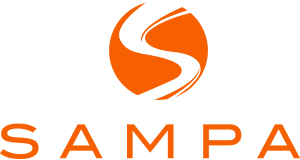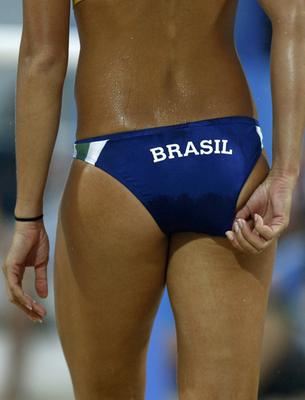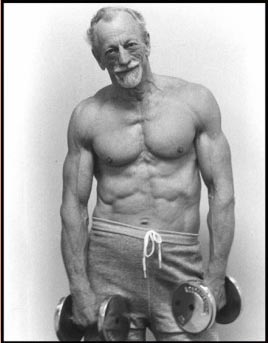50 squats
Everyday, my personal training clients know what to do to warm up:
50 shoulder dislocations and 50 full ROM (range of motion) squats.
It’s simple and efficient, gets the body warm, stretches and strengthens tissues, and gets the nervous system ready for action…hoo-rah!!
Invariably, I explain to new clients the reason behind my technique to warm up with squats, instead of a treadmill:
“As you squat 50 times, your muscle fibres and soft tissues get warm. This creates mobility in your joints, as your tissues stretch and relax. This improves pliability in your lower body and increases strength endurance, making you a winner 😉
I know that sounds a bit extreme, having a protocol for EVERYONE to follow, but the reason is simple…in real life, everyone squats!!
‘Squat’ is just a pretty word for standing and sitting…think car, chair, toilet, or ground.
So here is the perfect squat:
Start from a seated position in a chair. Stand up, keeping your chest up, eyes forward, then sit back down, reaching back with your hips…that’s it. Don’t cheat by using your hands, instead, tighten your abs and keep your toes light, as you stand through your heels.
Bonus points:
Externally rotate your hips to grip the floor with your feet.
Keep your knees pressed out to the side throughout the entire range of motion.
Get rid of the chair and squat all the way down, so your hamstrings reach the top of your calves, thus demonstrating your epic ankle flexibility and full range of motion!!
The inevitable question I’m asked next is: “Why 50?”
My answer:
“50 repetitions is enough to get you warm, and develop your strength for basic human activities.” This sub-communicates that if you can do 50 squats, you are increasing the probability you will never fall prey to life in a wheel chair, while simultaneously expressing your capacity to do more strenuous exercise.
Therefore, if my client is able to do 50 squats, he can probably handle a bit more than his de-conditioned, lethargic, human contemporaries, who don’t ever step into a gym…ooops!
If my client cannot perform 50 squats, no problem…that shows they were wise to hire me as their trainer!!
Most people I know exercise three times a week, and I would ask them to do 5 sets of ten squats with perfect form (as described above), making sure they squat at least parallel to the floor.
I would ask them to perform ten reps at first, rest about 1 min, then repeat 4 times, totalling 50 squats.
If the person struggles, I would ask them to perform as many as they could for five sets, again resting one minute after each set, then repeating four times. This person now has as a goal to match that number or beat it until they can hit five sets of ten.
In the case the client can do 5 sets of 10 without a problem, next time there will not be a chair to sit on. I will ask the client to perform the same routine, now squatting below parallel, and eventually right to the floor, as I help them improve their range on motion.
The next goal is two sets of 25 repetitions. Then, finally one set of 50!!
At that point, my clients are looking good, and I add variety, in terms of different squat variations or use of external loading, like barbells or dumbbells.
Happy squatting!!









